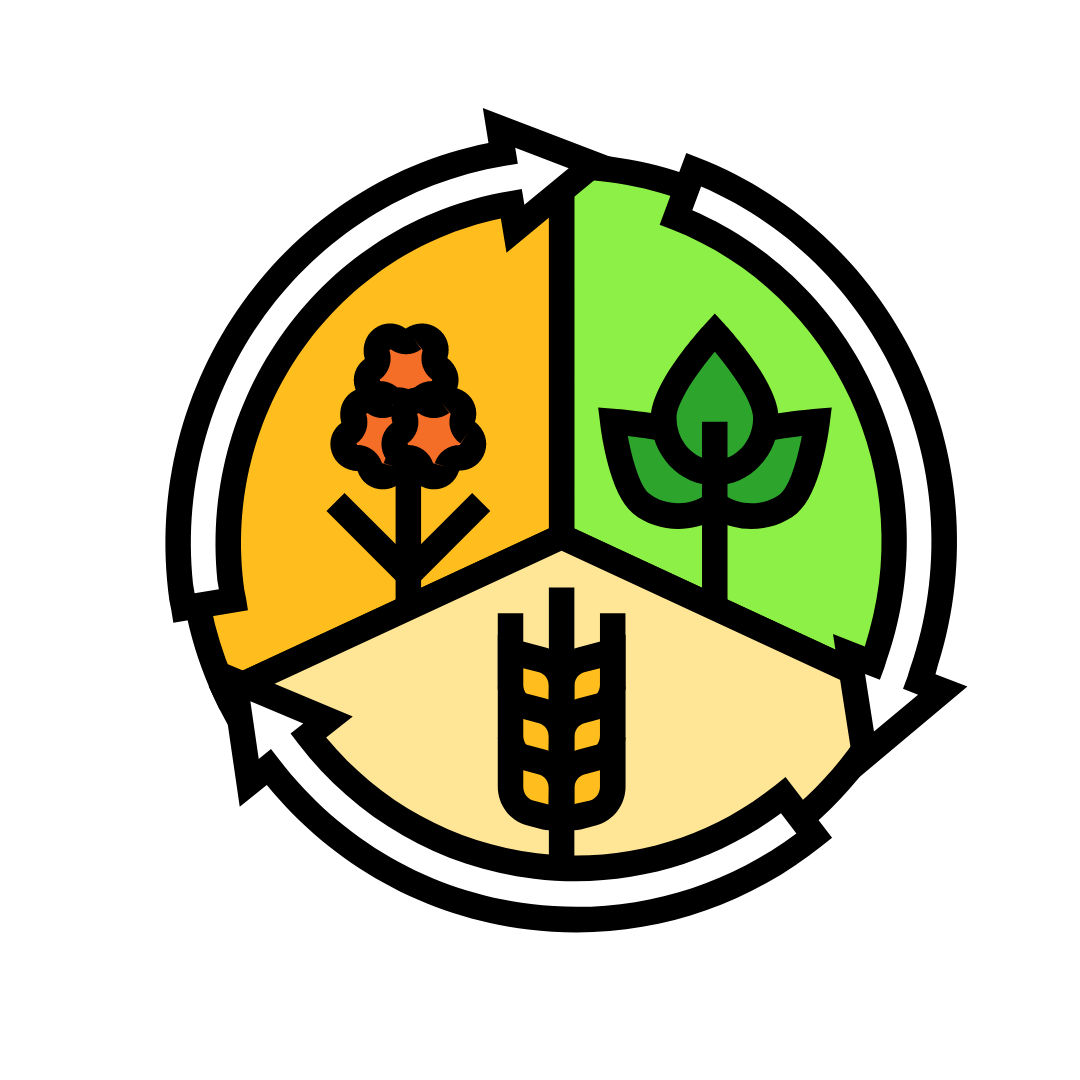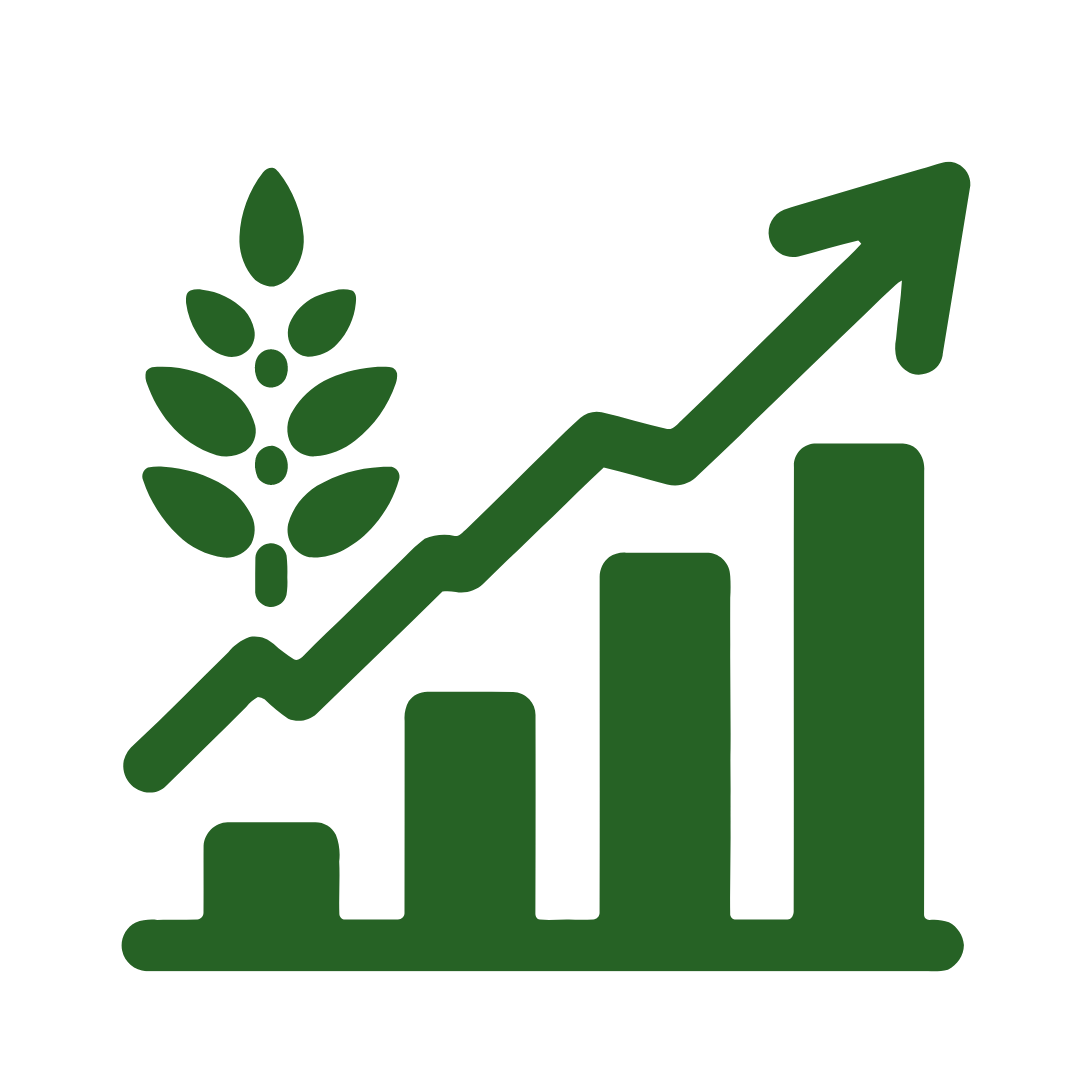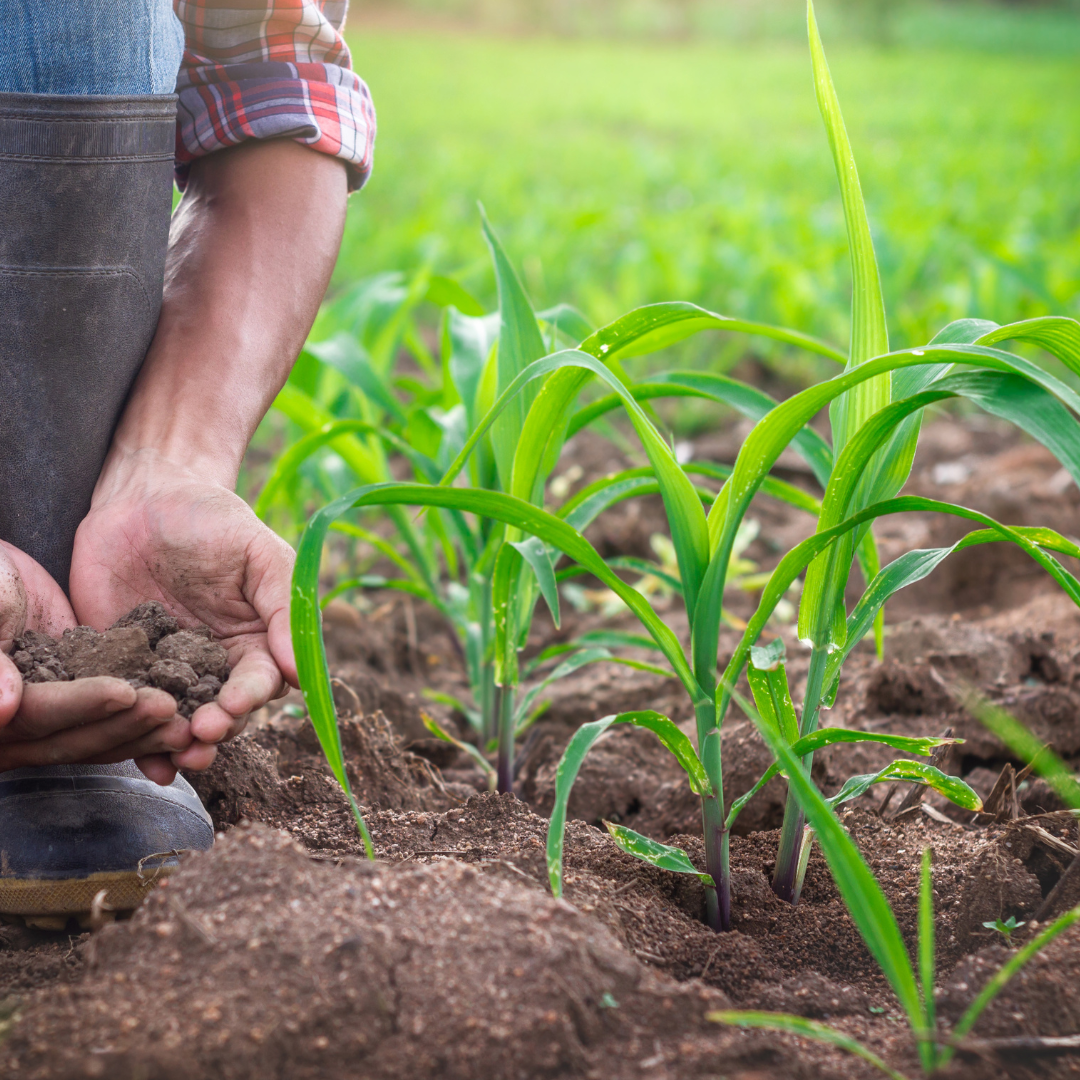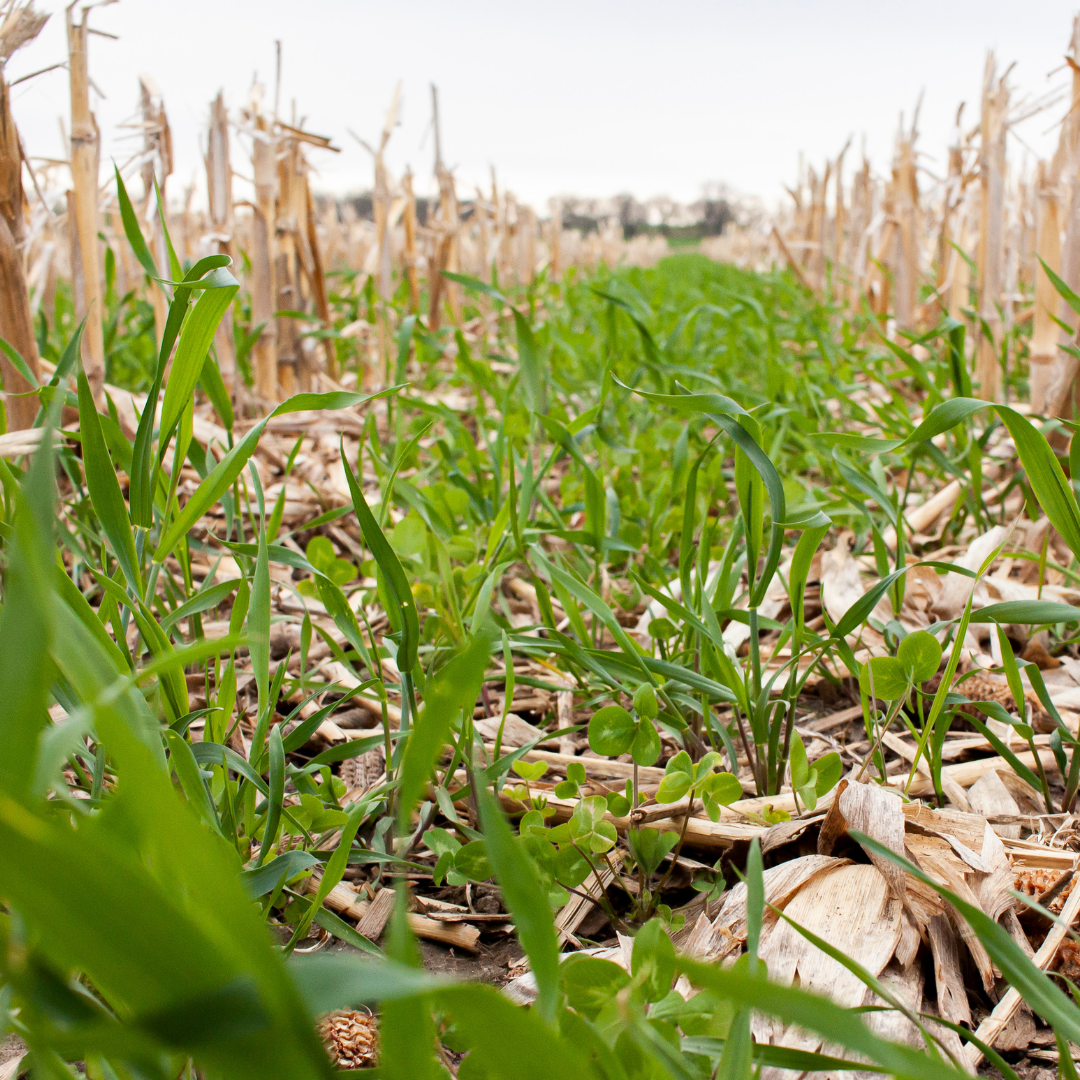Introduction
Sustainable farming is essential for the long-term health of our planet. With the growing population and increasing demand for food, it’s important to find farming practices that increase productivity and preserve the environment. One such practice is crop rotation.

Crop rotation is a method where different crops are planted sequentially over several seasons. This simple yet effective technique has been used for centuries and is known to improve soil health, reduce pests, and increase yields.
This article will explore why crop rotation is the secret to sustainable farming.
What is Crop Rotation?
Crop rotation involves growing different types of crops in the same area across different seasons or years. Instead of planting the same crop repeatedly in the same soil, farmers alternate between crops.

For example, a farmer might plant corn in one season and then plant beans or wheat in the next. This practice prevents the soil from being depleted of the same nutrients and helps maintain its fertility.
How Does Crop Rotation Work?
Crop rotation works by breaking the cycle of pests and diseases that can build up when the same crop is planted repeatedly. It also helps in managing soil nutrients more effectively.
Different crops have different nutrient requirements and root structures, which means that alternating crops can balance the nutrients in the soil and prevent depletion.
For instance, legumes like beans and peas can fix nitrogen in the soil, benefiting the crops that follow.
The Benefits of Crop Rotation
1. Improved Soil Health
One of the most significant benefits of crop rotation is the improvement of soil health. When the same crop is planted repeatedly, it can lead to soil degradation.

The soil becomes depleted of essential nutrients, and its structure can deteriorate. However, by rotating crops, farmers can maintain the soil’s fertility and structure.
For example, deep-rooted crops like alfalfa can help break up compacted soil, while legumes can add nitrogen to the soil.
2. Reduced Pest and Disease Pressure
Crop rotation is also effective in reducing the pressure of pests and diseases. Many pests and diseases are specific to certain crops. When the same crop is planted continuously, these pests and diseases can become more prevalent.

By rotating crops, the lifecycle of pests and diseases is interrupted, reducing their impact. This means that farmers can rely less on chemical pesticides, leading to a more sustainable farming system.
3. Enhanced Biodiversity
Crop rotation encourages biodiversity on the farm. By growing a variety of crops, farmers create a more diverse ecosystem. This diversity can attract beneficial insects and wildlife, which can help control pests naturally.
Additionally, a diverse cropping system can improve the resilience of the farm to extreme weather events, such as droughts or floods.
4. Increased Yields
Crop rotation can also lead to increased yields. When the soil is healthy and free from pests and diseases, crops can grow more vigorously.

Additionally, by managing nutrients more effectively, crop rotation ensures that plants have access to the nutrients they need to thrive. This can result in higher yields and better quality produce.
Implementing Crop Rotation
1. Planning the Rotation
Planning is crucial when it comes to crop rotation. Farmers need to consider the specific needs of each crop, such as nutrient requirements, planting times, and susceptibility to pests and diseases.
A well-planned rotation should balance the needs of the crops with the long-term health of the soil.
2. Choosing the Right Crops
Choosing the right crops for rotation is essential. Farmers should select crops that complement each other in terms of nutrient use and pest resistance.

For example, planting a nitrogen-fixing crop like beans before a nitrogen-demanding crop like corn can help maintain soil fertility. Additionally, alternating between deep-rooted and shallow-rooted crops can improve soil structure.
3. Managing Cover Crops
Cover crops are an important part of crop rotation. These are crops that are planted during the off-season or between main crops to protect and enrich the soil.

Cover crops, such as clover or rye, can prevent erosion, add organic matter to the soil, and suppress weeds. Incorporating cover crops into the rotation plan can enhance the overall benefits of crop rotation.
Challenges of Crop Rotation
1. Knowledge and Expertise
While crop rotation offers many benefits, it requires knowledge and expertise to implement effectively. Farmers need to understand the specific needs of different crops and how to sequence them in a rotation.

This can be challenging, especially for those new to the practice. However, with proper education and support, farmers can learn to implement crop rotation successfully.
2. Market Demand
Another challenge is market demand. Farmers need to grow crops that are in demand by consumers. Sometimes, the crops that are best for rotation may not be the most profitable.

Balancing market demand with the needs of the soil can be difficult, but it is essential for sustainable farming.
3. Labor and Equipment
Crop rotation can also require more labor and equipment than monoculture farming. Different crops may require different planting and harvesting techniques, which can increase the workload for farmers.
However, the long-term benefits of crop rotation, such as improved soil health and reduced pest pressure, can outweigh these challenges.
The Future of Crop Rotation
1. Innovation in Crop Rotation
As the importance of sustainable farming grows, there is increasing interest in innovating crop rotation practices. Researchers are exploring new crop combinations and rotation sequences that can maximize the benefits of this practice.

Additionally, advances in technology, such as precision agriculture, are making it easier for farmers to plan and implement crop rotation.
2. Policy Support
Governments and agricultural organizations are also recognizing the value of crop rotation. In some regions, there are policies and incentives in place to encourage farmers to adopt this practice.

For example, subsidies for cover crops or technical assistance programs can help farmers transition to a crop rotation system.
3. Global Adoption
Crop rotation is not just for small farms or organic farms; it has the potential to be adopted on a global scale. Large-scale farms can benefit from crop rotation just as much as smaller ones.
By adopting this practice, farmers around the world can contribute to a more sustainable and resilient agricultural system.
Conclusion
Crop rotation is a time-tested practice that holds the key to sustainable farming. By improving soil health, reducing pests and diseases, enhancing biodiversity, and increasing yields, crop rotation offers a holistic approach to farming. While there are challenges to implementing crop rotation, the benefits far outweigh them.
As we look to the future of agriculture, crop rotation will undoubtedly play a crucial role in ensuring that farming remains sustainable for generations to come.
Whether you’re a small farmer or manage a large-scale operation, incorporating crop rotation into your farming practices is a step toward a healthier, more sustainable future.
